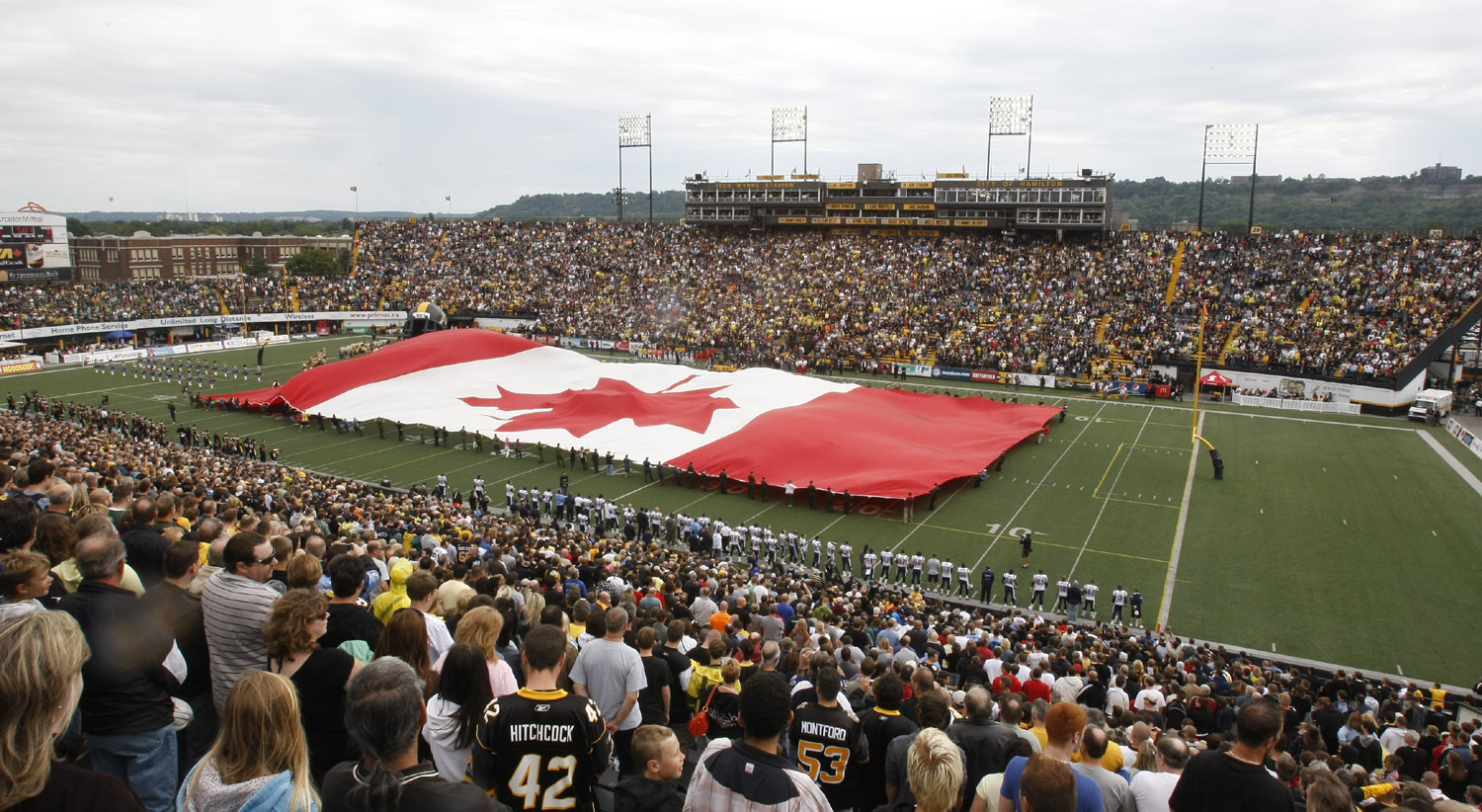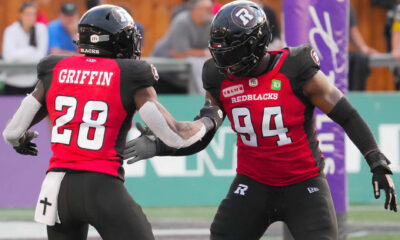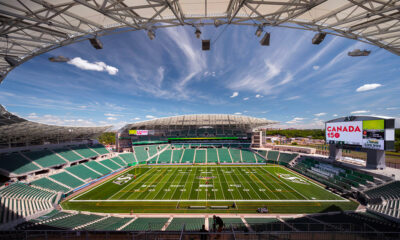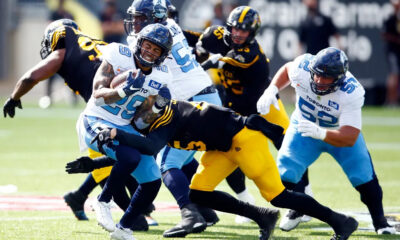Canadian Football differs from American Football in many ways, from the CFL’s three-down rule to the number of players allowed on the field at the same time, but one of the most significant differences is in the characteristics of the playing surfaces in the two countries.
If it was by size of playing surfaces alone, the Canadian Football League would be the bigger league. Sadly, that is very far from the case!
The NFL remains by far the most prestigious league in the world, boasting millions of global following plus a plethora of high level sponsors and partners; ranging from tech heavyweights to sports betting giants.
Sports betting companies have particularly taken a liking to the league in recent years, leveraging on the popularity of the league to advertise their NFL betting promotions to their American customers.
It is highly unlikely that the CFL ever attains the popularity or the financial muscle of the NFL, but it can at least hold on to the fact that it has bigger playing areas!
Apart from being larger than an American Football field, a typical Canadian Football field has a few other characteristics that distinguishes it from NFL and NCAAF playing surfaces.
In this article, we pick out the most significant differences between football fields in Canada and the United States.
Field of Play
As mentioned earlier, football fields in Canada are larger than their counterparts down south. Canadian Football fields are both longer and wider than those in America, with a typical CFL surface measuring 110 by 65 yards (excluding the end zones).
In contrast, a standard NFL field is 100 yards long and 53 1/3 yards wide. Consequently, the midfield line (midpoint between the goal lines) for an NFL field is 50 yards from the end line, while that of a CFL surface is 55 yards.
End Zones
Another major difference between Canadian Football fields and American fields is the depth of the end zones.
In Canadian football, the end zones extend a further 20 yards after the goal line, two times more than the end zones in the United States. In fact, up until the early 1980s, Canadian end zones measured up to 25 yards.
Given the differences in the field of play and end zones between Canadian and American fields, a typical CFL surface is about 34% larger in total area than an NFL field.
Goal Posts
The goal posts on a Canadian football field are located on the goal line, while American football posts are placed on the end line. The area between the goal line and the end line is the end zone.
Hence, goal posts in Canada are on the line when the end zone begins, while those in the United States are on the line when the end zone ends.
The goal posts in Canadian Football are 18 feet, 6 inches apart, and extend 40 feet from the playing surface. The horizontal bar connecting both posts is 10 feet high from the surface.
The goal posts dimensions in American Football are quite similar, with the only exception being the height of the goal posts, which usually extend at least 35 feet from the cross bar (the Canadian standard is 30 feet).
Hash Marks
On a Canadian Football field, the hash marks are 24 yards from the sideline, and 17 yards apart. This differs again from American Football, where the position of the hash marks varies for different completions.
For example, in college football, the hash marks are 20 yards from the sidelines, while for the NFL, the hash marks are 23 yards, 1 feet and 9 inches away from each sideline. The distance between the two hash marks in American Football is the same as the width of the goal posts.
While there are other variations between football fields in Canada and the USA, these are some of the major differences between football fields in the two countries.











